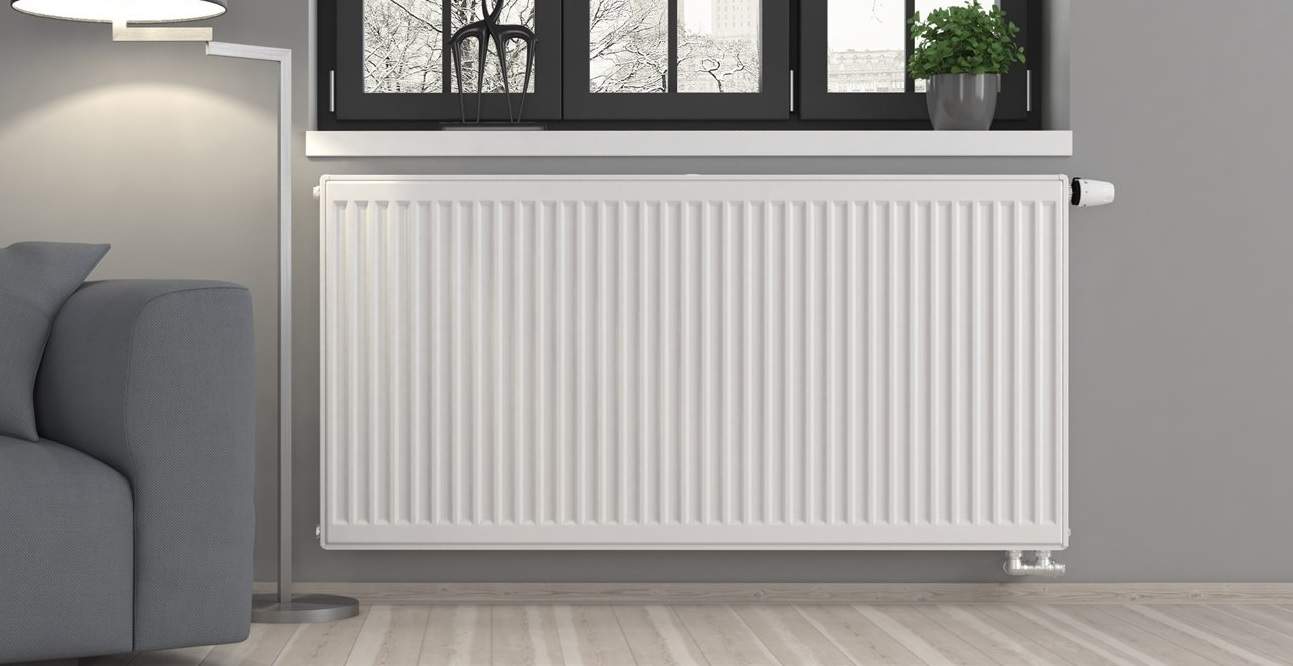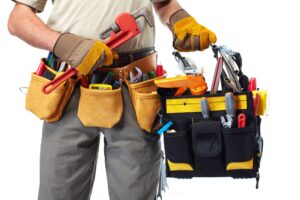
Renovating a property is a balancing act. On one side, you have your vision: the glossy magazine spreads, the Pinterest boards filled with marble worktops, and the architectural lighting. On the other side, you have the reality: a spreadsheet that seems to turn red faster than you can add rows to it. When the budget starts to tighten, the natural instinct is to compromise. We swap the hardwood floors for laminate, we downgrade the kitchen cabinets, and we settle for the standard “builder’s spec” fixtures.
However, seasoned interior designers know a secret. Creating a home that looks expensive isn’t about spending a fortune on every single item; it is about spending smartly on the items that get noticed. It is about identifying the “tells”—the features that subconsciously signal “standard” or “cheap”—and upgrading those specific elements to elevate the entire room. You can have the most affordable kitchen units available, but if you pair them with heavy, high-quality handles and a solid tap, the whole kitchen looks bespoke.
The same logic applies to your heating. For decades, the standard white corrugated panel radiator has been the default choice for developers and budget renovations. It is functional, unobtrusive, and frankly, dull. It signals “utility” rather than “design.” This is why upgrading to Designer Radiators is one of the most cost-effective hacks in the home improvement world. By replacing a £30 standard panel with a stylish, architectural model, you instantly change the perceived value of the entire space. It stops the room from looking like a “rental standard” box and starts making it look like a curated, designed home.
The “Focal Point” Theory
Interior design relies heavily on focal points—places where the eye naturally rests when entering a room. In a living room, this might be the fireplace or the TV. In a bedroom, it’s the bed.
Standard radiators are designed to be ignored, but they often fail at this. They turn yellow over time, they collect dust in their grilles, and they clutter the wall. When you install a designer model, you are flipping the script. You are turning a necessity into a feature.
Imagine a hallway—usually a narrow, difficult space to decorate. A standard radiator sits awkwardly at ankle height. Now replace it with a sleek, vertical anthracite radiator with a mirrored finish. Suddenly, you don’t need to buy expensive artwork to fill the wall; the radiator is the artwork. You have solved a heating problem and a decorating problem with a single purchase. This dual-functionality is the essence of budget-friendly design.
Vertical Thinking: Saving Space and Money
One of the hidden costs of renovation is space. In the UK, square footage is the most expensive commodity we buy. Standard horizontal radiators dominate the most valuable parts of a room—usually the wall space under the window or the large wall where the sofa should go.
Vertical designer radiators unlock this “dead money.” By utilizing the narrow vertical strips of wall—behind a door, next to a window, or on a pillar—you free up the rest of the room.
-
The Kitchen Benefit: In a kitchen, wall space equals cupboard space. Removing a wide horizontal radiator and replacing it with a tall, thin vertical one might allow you to install an extra 600mm base unit or a pantry cupboard. The value of that extra storage far outweighs the cost of the radiator.
-
The Furniture Freedom: Vertical radiators allow you to push sofas back against the wall or place beds without worrying about blocking the heat source. This makes small rooms feel significantly larger, which again, adds value to the property.
Material World: The Look for Less
The term “designer” often scares budget-conscious homeowners because it implies expensive materials like chrome, stainless steel, or cast iron. While these are beautiful, modern manufacturing has leveled the playing field.
Most affordable designer radiators are made from Mild Steel. This is the same material as standard panels, but it is shaped and finished differently.
-
Powder Coating: Mild steel takes powder coating exceptionally well. This means you can get that expensive “matte black” or “anthracite grey” look that is so popular in luxury hotels, but at a price point that is only marginally higher than a standard white radiator.
-
Tube-on-Tube: Designs that mimic the expensive Italian styles—using flat tubes or oval tubes—can be mass-produced in mild steel. To the naked eye, once installed, a painted mild steel radiator looks virtually identical to a much more expensive aluminium or iron version.
The Power of Contrast
If you are working with a tight budget, you are likely painting your walls in neutral, affordable colours—off-whites, creams, or light greys. This is a safe, clean backdrop, but it can risk looking sterile.
A designer radiator offers a way to introduce contrast without committing to a bold wall colour that you might hate in six months.
-
Anthracite on White: A dark grey radiator on a white wall creates a modern, graphic look. It adds “weight” to the room and anchors the design.
-
Silver/Chrome on Dark: If you have one feature wall in a dark colour (like navy or forest green), a silver or polished radiator pops against it, adding a jewel-like brightness.
This contrast makes the room feel “finished.” It suggests that thought has gone into every detail, which is the hallmark of a high-end renovation.
Installation Hacks to Keep Costs Down
Buying the radiator is only half the cost; installing it is the other. If you are on a budget, you want to avoid moving pipes if possible. Plumbers charge by the hour, and lifting floorboards to extend pipework can quickly eat into your funds.
-
Check the Pipe Centres: Before you fall in love with a design, measure the distance between your existing pipes. Many designer radiators are now built to standard widths. If you can find a new radiator that matches your existing pipe width (or is very close), it is a simple swap job.
-
Use Extension Tails: If your new radiator is slightly narrower than the old one, you don’t necessarily need to move the pipes. You can buy rigid valve extensions (tails) that bridge the gap. They look neat (often chrome or matching colour) and save hours of plumbing labour.
-
The Valve Upgrade: If you can’t afford a new radiator for the spare room, change the valves. Swapping old, yellowed plastic valve caps for a new set of modern chrome thermostatic valves costs very little but instantly refreshes the look of an old radiator.
Heat Output: Don’t Buy Twice
The most expensive radiator is the one you have to replace because it doesn’t work. A common pitfall in budget renovations is buying cheap “designer” radiators from unverified marketplaces that look great but put out zero heat.
Always check the BTU (British Thermal Unit) rating. Some ultra-slim designs sacrifice surface area for style, meaning they struggle to heat the room. If you have to buy a supplemental electric heater because your stylish radiator is too weak, you haven’t saved money.
-
Double vs. Single: Many designer radiators come in “single” (one row of tubes) or “double” (two rows) versions. The double version sticks out a bit more, but it often gives almost twice the heat for a very small price increase. Always opt for the double if you are worried about warmth; it is the safer investment.
Adding Value for Resale
If you are renovating to sell, the “finish” is everything. Potential buyers make up their minds within seconds of entering a room. They might not consciously think, “That is a nice radiator,” but they will subconsciously register the condition of the property.
Old, rusty, or painted-over radiators scream “maintenance required.” They suggest the heating system is old and might need replacing. A sparkling new designer radiator suggests the opposite: “This house has been updated; the systems are modern.” It removes a “worry” from the buyer’s mind. In a competitive market, these small psychological wins are what get offers over the line.
Conclusion: Smart Spending
There is a difference between “cheap” and “value.” A cheap renovation looks cheap because it uses the lowest common denominator for every fixture. A high-value renovation spends money where it counts.
By allocating a small portion of your budget to upgrade from standard panels to Designer Radiators, you are making a high-impact design choice. You are adding texture, colour, and architecture to your room. You are saving space with vertical options and ensuring your home feels warm and welcoming.
So, before you blow your budget on expensive cushions or a rug that will wear out in three years, look at your walls. The hardware of your home is permanent. Investing in it now pays dividends in style and comfort for years to come. You don’t need a celebrity budget to have a home that looks like it belongs in a magazine; you just need to choose the right details.


